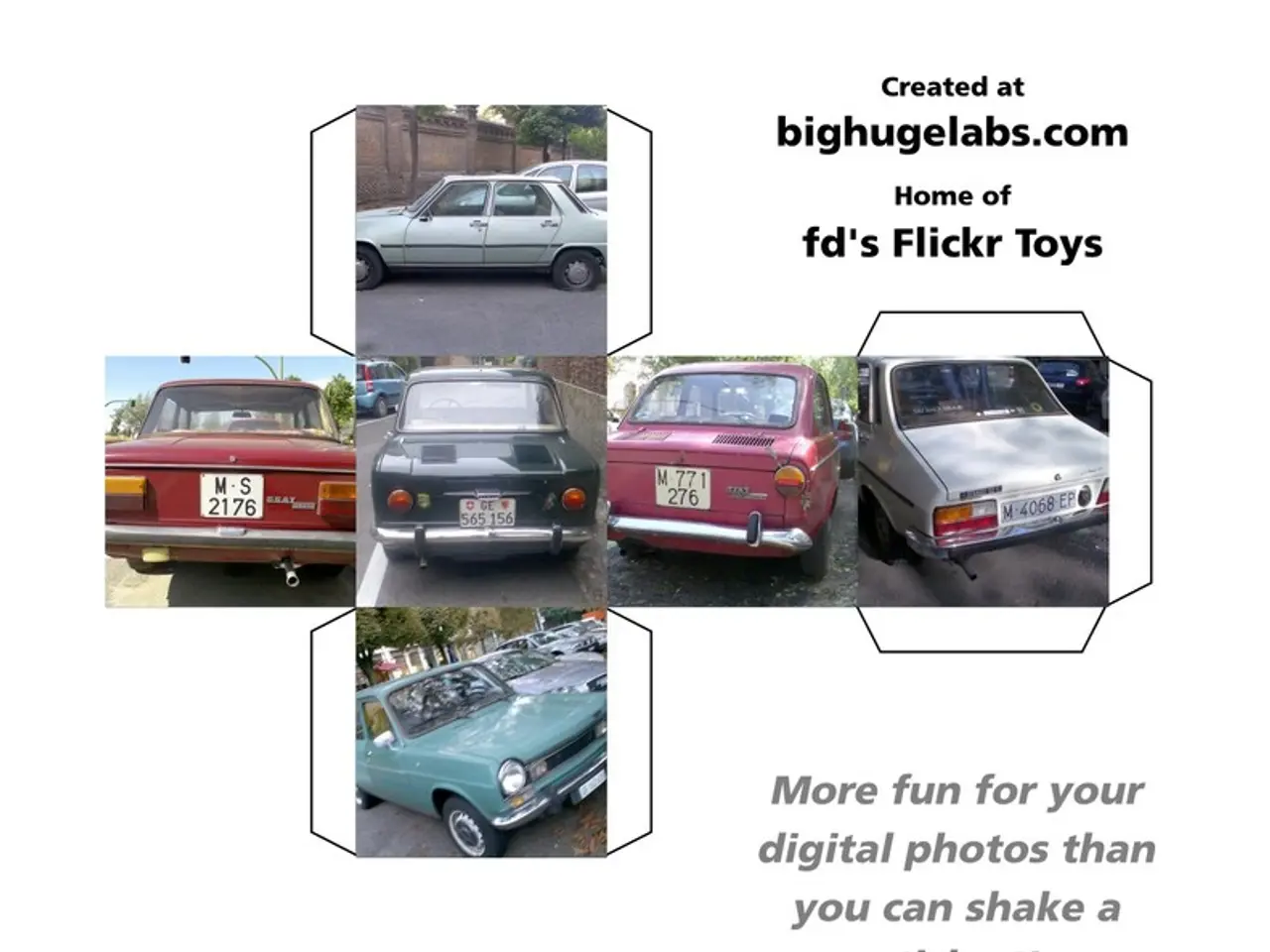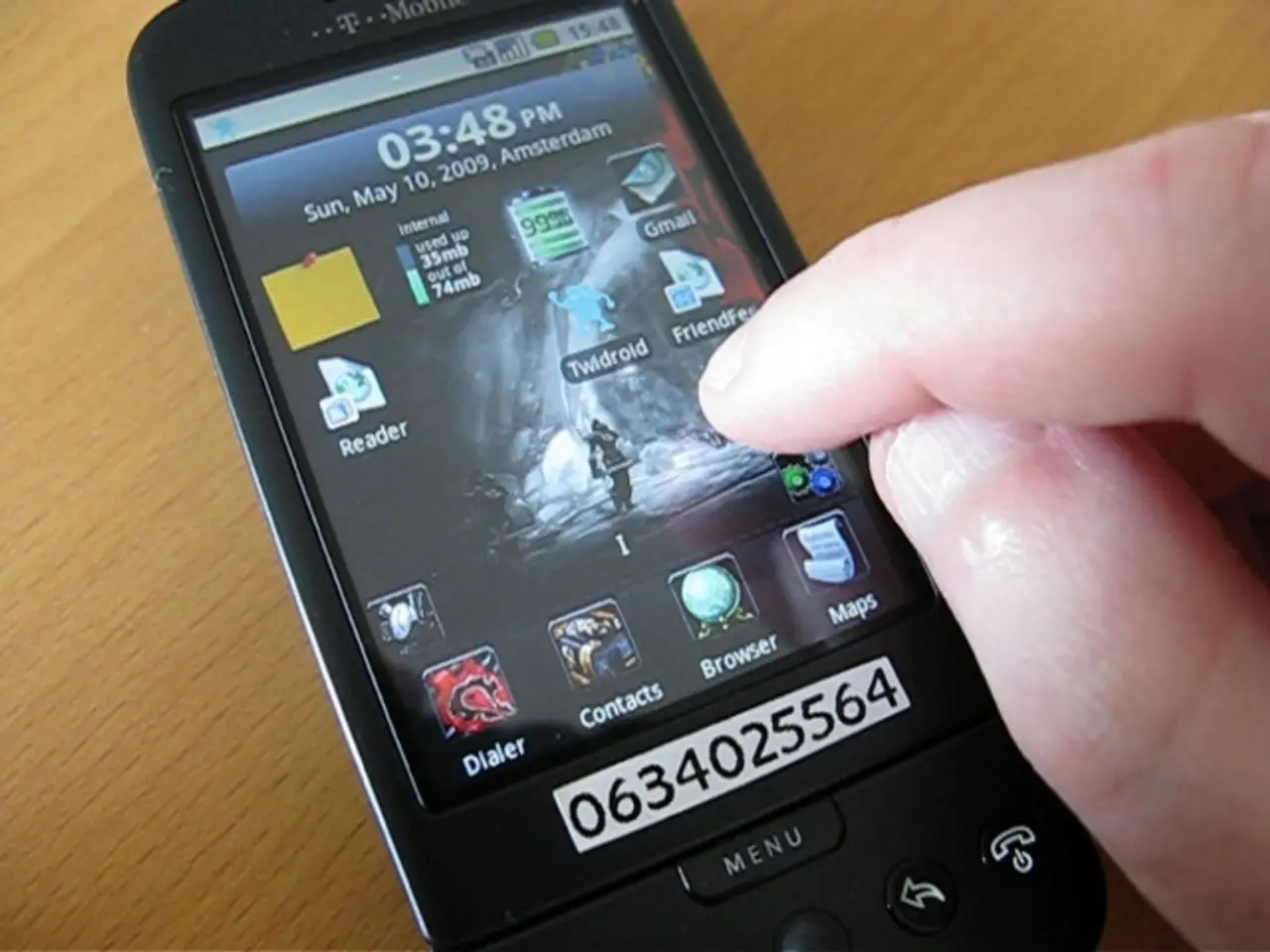Functioning of Steer-by-Wire Explained
In the world of automotive technology, Steer-by-Wire (SbW) systems are making waves. These advanced systems are transforming the way we drive, offering a host of benefits that range from improved safety to enhanced driving dynamics.
At high speeds or during sudden evasive maneuvers, SbW reacts extremely quickly, stabilising the vehicle with precision. Unlike traditional mechanical steering systems, SbW uses sensors to detect the driver’s steering input and electronic control units (ECUs) to process this information. The wheels are then controlled accordingly by actuators, eliminating heavy mechanical components.
One of the key features of SbW is the Torque Feedback Unit (TFU), which regulates steering wheel movement and provides road feedback using data from numerous sensors. The TFU generates torque that simulates the physical resistance and road sensations traditionally felt through mechanical linkages, thereby providing the driver with a realistic steering feel.
The lack of feedback on road conditions was previously a problem with many semi-electronic systems with electronic power steering. However, the TFU in SbW systems addresses this issue by fine-tuning the steering feel and simulating real-time road conditions by adjusting the amount of resistance and vibration the driver senses on the steering wheel.
The patented “Twin Worm” concept in ZF’s TFU is an example of technology delivering a compact design with high precision and strong tactile feedback output. This innovation provides outstanding steering feedback and precision for the driver, continuously adjusting the torque feedback dynamically to support features like adaptive steering ratios for different speeds and integration with advanced driver assistance systems (ADAS).
In everyday life, a directly tuned steering system makes the car very agile in curves but can be a problem for inexperienced drivers at high speeds. With SbW, the steering characteristics can be individually adjusted, offering options like sporty-direct or comfortable-smooth.
SbW technology is not limited to cars and is also being implemented in aircraft. In the event of power failure, electric vehicles with SbW systems have redundant designs that switch to a secondary onboard network with a 12-volt battery, ensuring emergency steering is still possible, albeit with difficulty compared to mechanical systems.
Car manufacturers benefit from SbW technology due to its ability to integrate autonomous driving functions and lighter components. The eliminated components between the interior and engine compartment result in a steering wheel that can theoretically be positioned anywhere, offering design flexibility in the cockpit and interior, including new steering wheel geometries and the possibility of recessed steering wheels.
As production volumes increase, SbW systems are expected to become less expensive, making them more accessible to a wider range of vehicle manufacturers and consumers. With its numerous advantages, it's clear that Steer-by-Wire technology is set to revolutionise the driving experience.
[1] ZF's Steer-by-Wire Technology [2] Understanding Steer-by-Wire Technology [3] Steer-by-Wire Technology: A New Era in Automotive Engineering
- For a more cost-effective and accessible integration across various vehicle industries, the expected decrease in the price of Steer-by-Wire (SbW) systems as production volumes increase is significant.
- As the automotive industry moves towards a more autonomous future, Steer-by-Wire technology plays a crucial role by providing lighter components that allow for easier integration of autonomous driving functions.
- In addition to automotive applications, Steer-by-Wire technology is also being developed for use in aircraft, where it can provide emergency steering capabilities during power failure.
- With the ability to offer tailored driving experiences through adjustable steering characteristics, Steer-by-Wire (SbW) technology caters to diverse driving preferences, ranging from inexperienced drivers to enthusiasts seeking sporty handling.
[1] The Future of Steer-by-Wire Technology: Bridging the Gap Between Industries [2] Numbers Matter: The Impact of Production Volumes on Steer-by-Wire Adoption [3] Steer-by-Wire Technology: Transforming Vocational Training Programs for a Technology-driven Economy [4] The Role of Steer-by-Wire Technology in Sustainable Transportation and Lifestyle Choices




